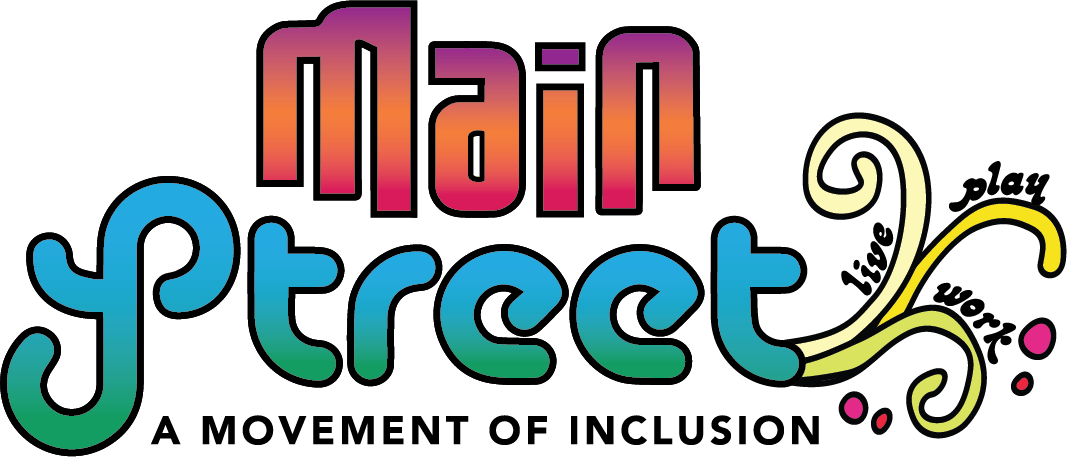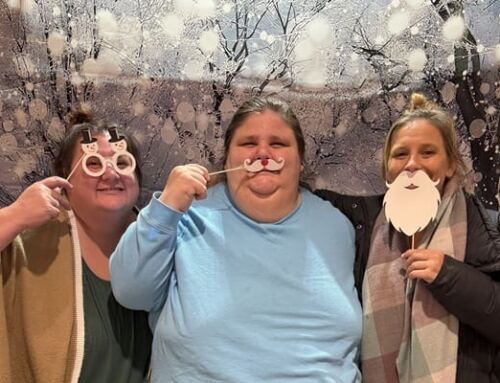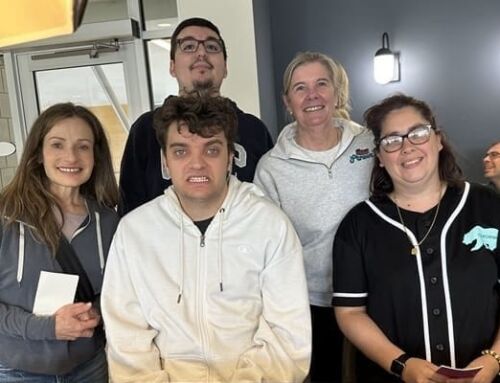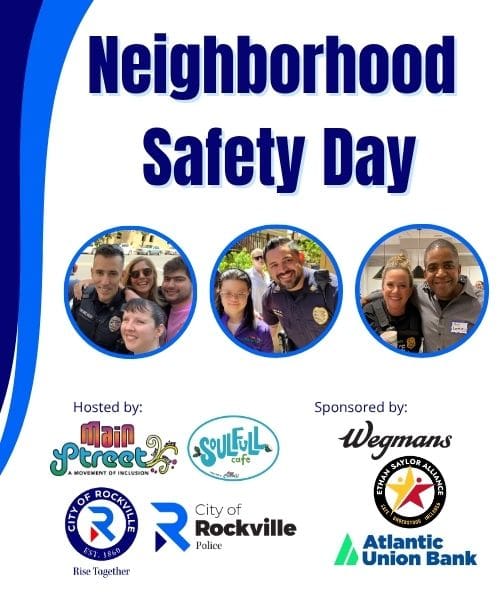For Main Street staff member Isabel Garcia, one of the hardest things about having an invisible disability is feeling like she always has to explain herself. Her pain doesn’t show—and sometimes the symptoms come out of nowhere, like six months ago when she was driving on I-270 and suddenly felt so dizzy and nauseous that she thought she was going to crash her car. At a concert this summer, Isabel told an employee that she has a medical condition and asked him where she could sit down. The music venue was standing-room only, and she knew if she stood the whole time her joints and muscles would hurt even more than they already did.
“He kinda looked at me, like looked me up and down, and shrugged me off,” Isabel, 24, recalled during “Beyond Appearances: Invisible Disabilities,” a facilitated discussion held at Main Street in mid-October. “That was really discouraging because I had built up the courage to ask for what I needed, even though I felt nervous, and I was completely dismissed.”
For more than 10 years, Isabel didn’t know what was wrong with her. Her knee would bother her during P.E. class, and she couldn’t play on sports teams. She’d often get headaches. Her parents took her to doctor after doctor, but even the specialists didn’t have an answer. In 2020, her junior year at Wesleyan University in Connecticut, Isabel’s symptoms became debilitating. Everything got worse after she had COVID. She’d sleep for nine hours but feel like she’d only slept for two. “There were times when I was at my parents’ house and I wanted to exercise so badly I would literally kick and scream on the floor of their home gym because I was so frustrated,” she says.

The illness—and the not knowing—took a toll on her mental health. According to the National Education Association, invisible disabilities are defined as “physical, mental, or neurological conditions that can limit or challenge a person’s movements, senses, or activities, and can impact that person’s ability to learn or work.” Examples include cognitive dysfunction, chronic fatigue, sensory-processing disorders, autoimmune disorders, depression, diabetes, vision impairments and trauma. “Having an invisible disability is so much more common than we realize,” Isabel says. “It’s really, really hard to appear as if you don’t have a disability but have all these physical limitations, and to have this fear that people won’t believe me, or people will think I’m exaggerating.”
This past year, she finally learned what was making her sick. Doctors diagnosed Isabel with two chronic health conditions that can be co-occurring: Ehlers-Danlos syndrome (EDS), a connective tissue disorder that primarily affects the skin, joints and blood vessel walls; and postural orthostatic tachycardia syndrome (POTS), a disorder of the autonomic nervous system. The EDS explains her hyper-mobility, she says, and now she knows why she can’t sit for hours at a time or get up and dance at a Main Street event, even though she wants to. “Quite literally there is not enough blood going to my brain because of my POTS,” Isabel says.
During the conversation at Main Street last month, Isabel encouraged the 30-plus participants to share their own experience with invisible disabilities, and the group talked about how quickly people judge others. “Don’t make assumptions about a person’s ability level based on how they appear,” she said. “And this is close to impossible—this is so hard.” She does it too, she said. She’ll wonder why someone who looks able-bodied is using priority seating on the Metro. “I constantly have to catch myself.”
She’s feeling better now than she was a year ago. The medications and stabilization exercises are working. Meditation helps, along with knowing her limits. She’s up to four Pilates sessions a week. Maybe she can’t walk for 40 minutes, but she can walk for 15. “I’ve definitely come to peace with it,” Isabel says. “Now I’m very focused on what I can do rather than what I can’t.”





